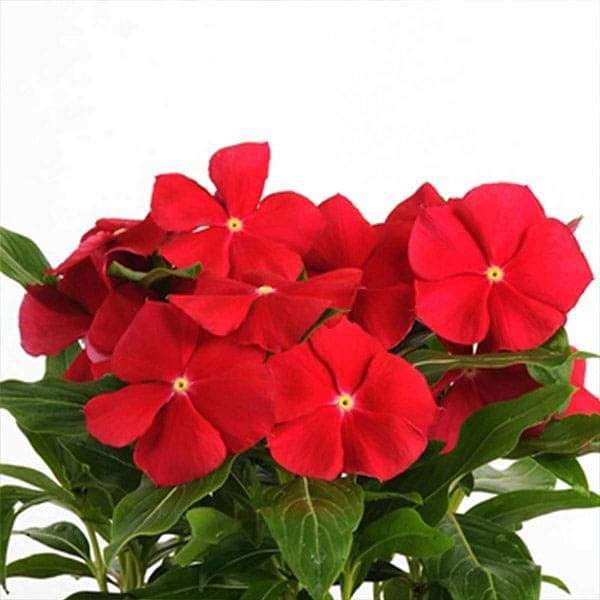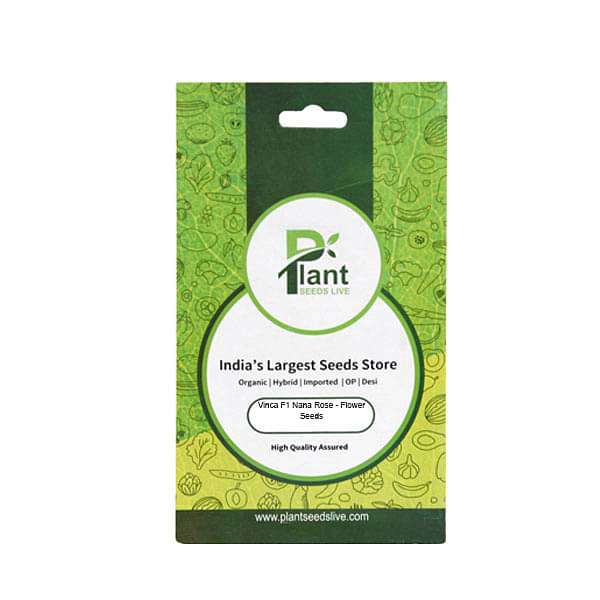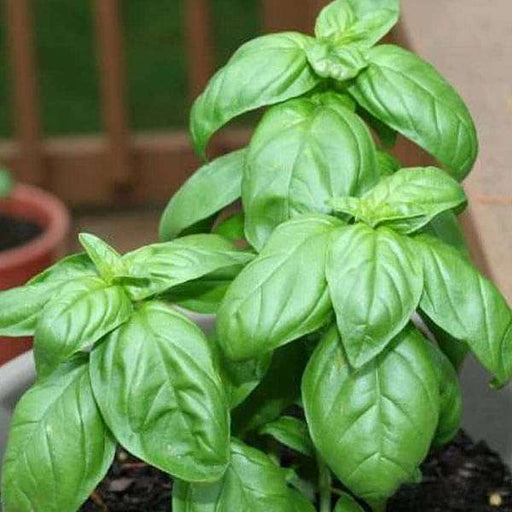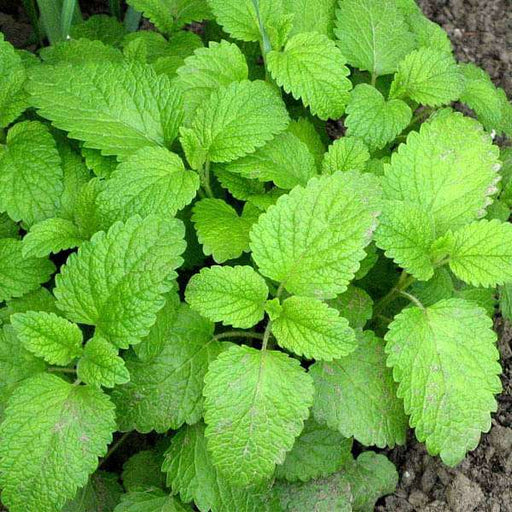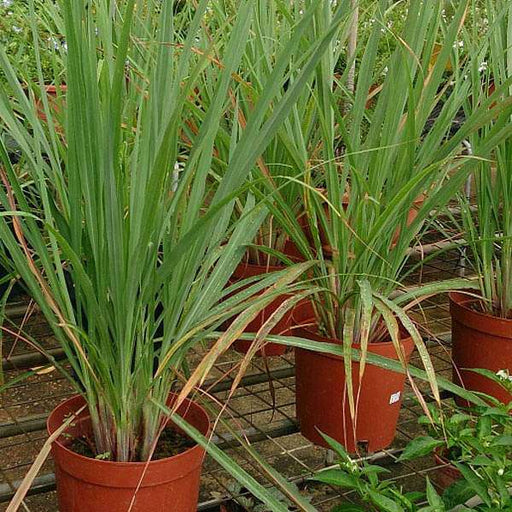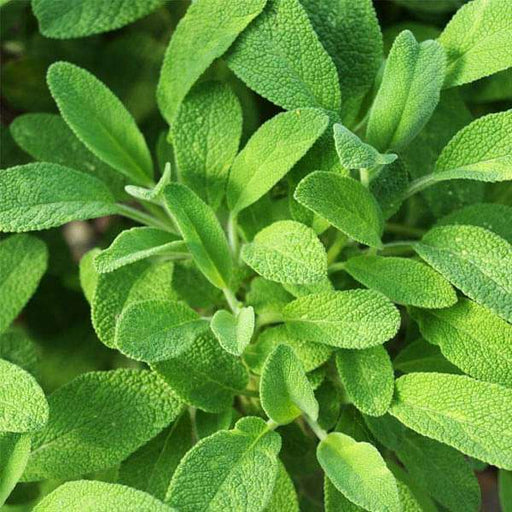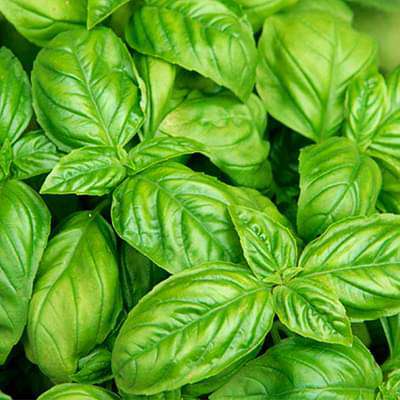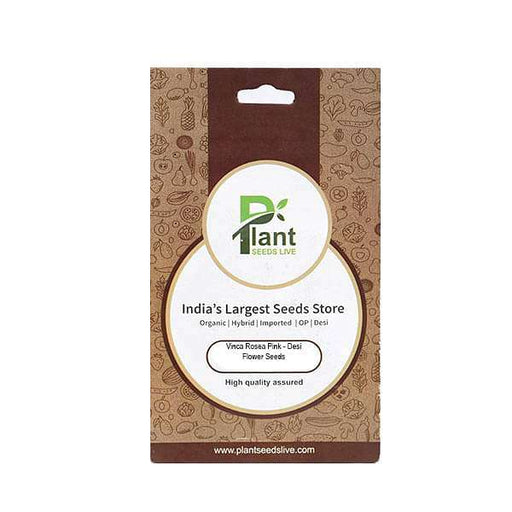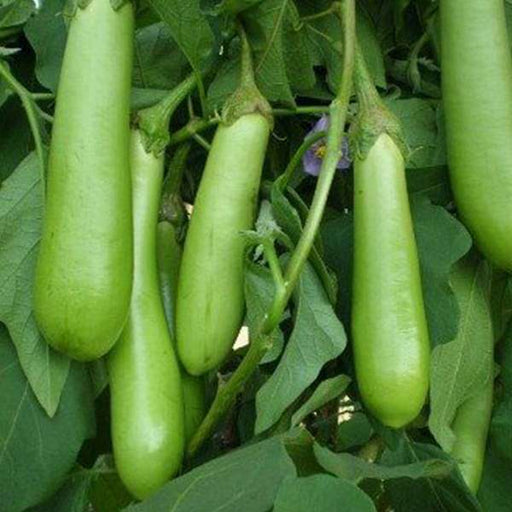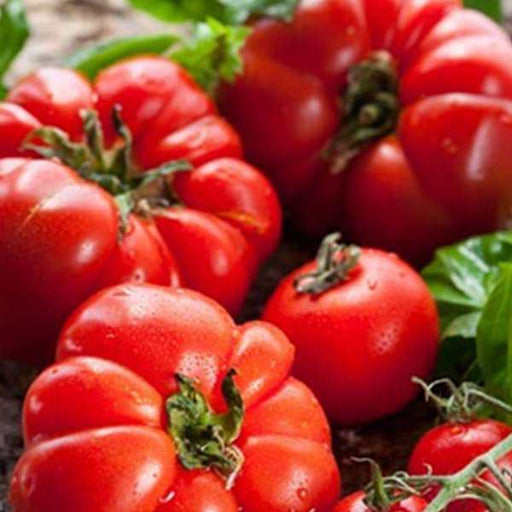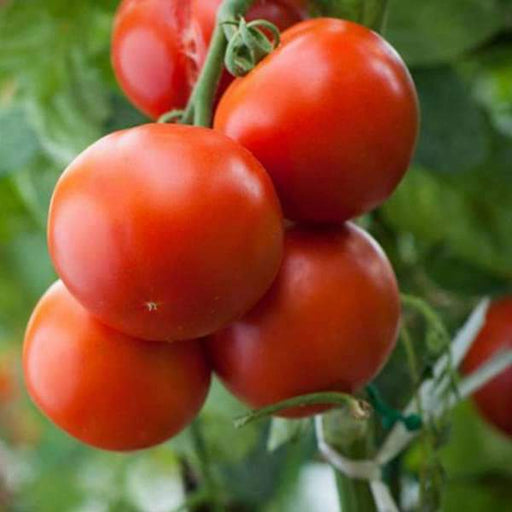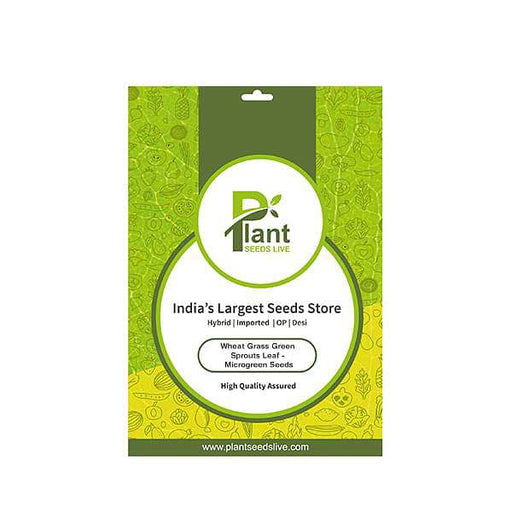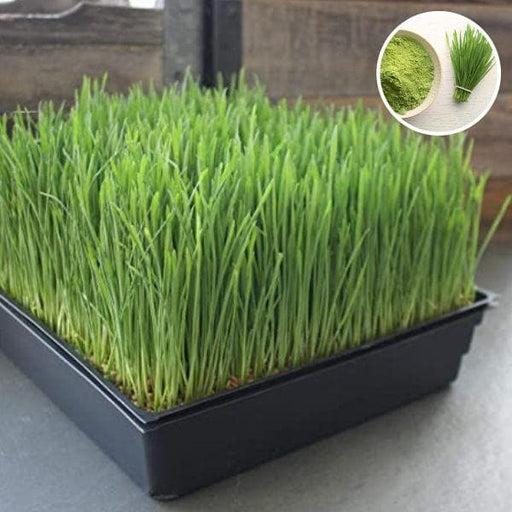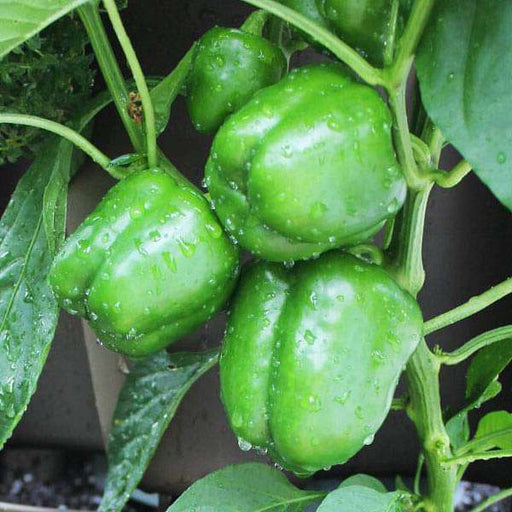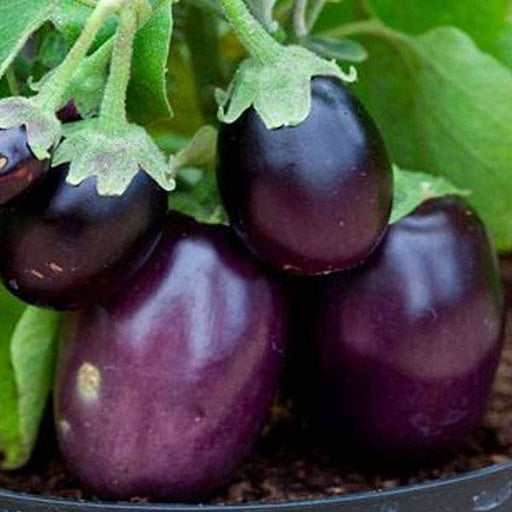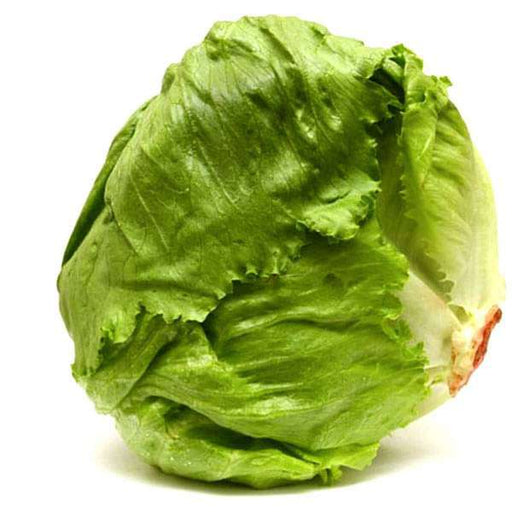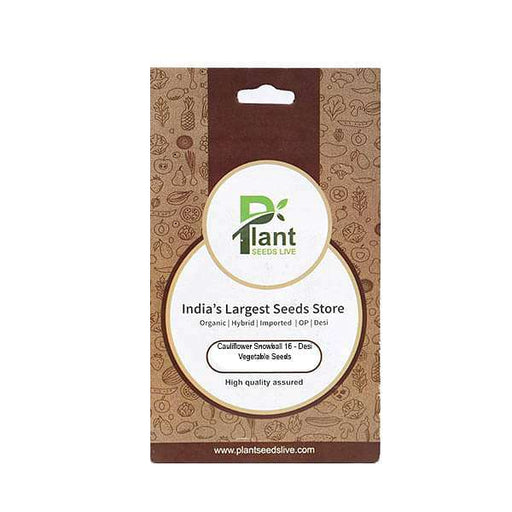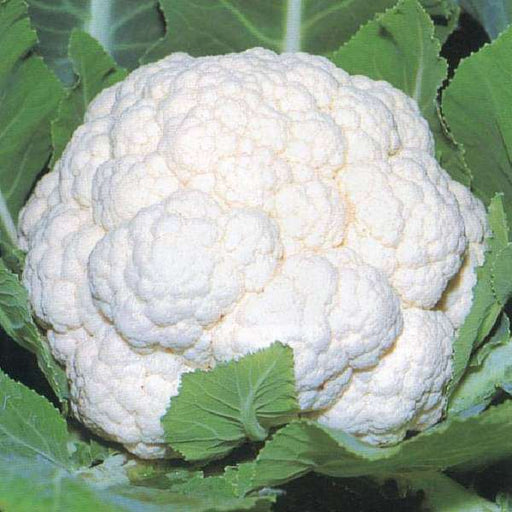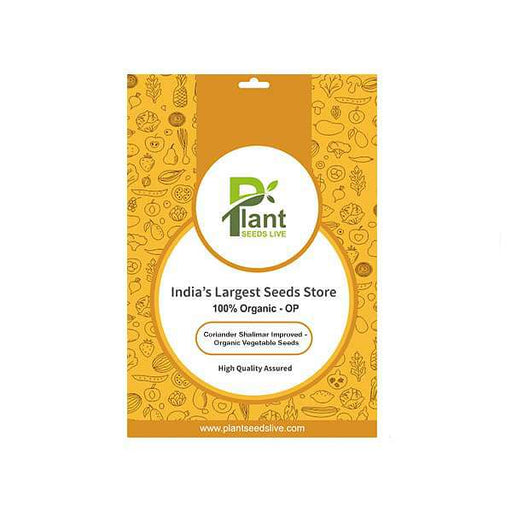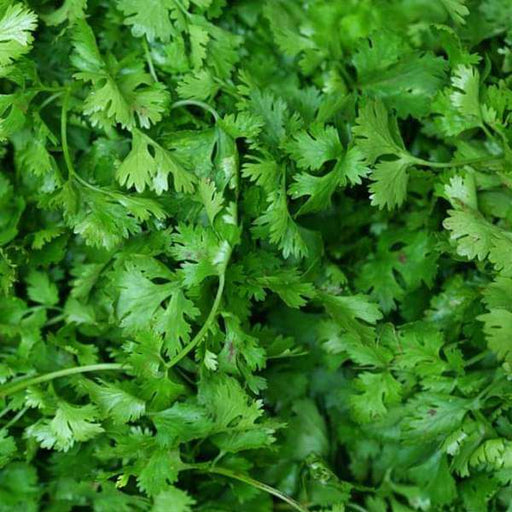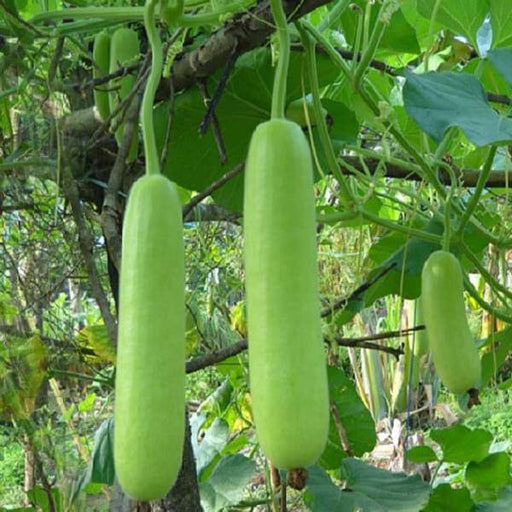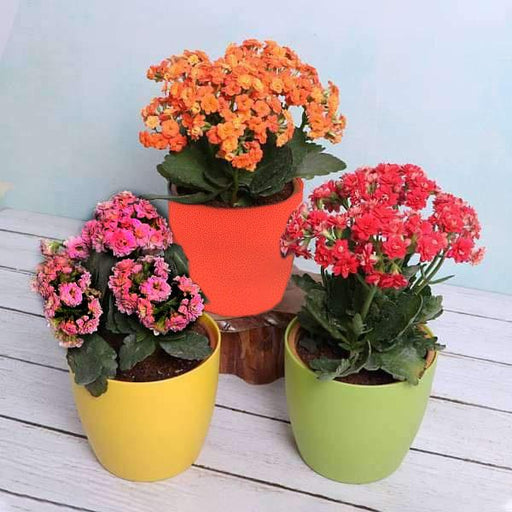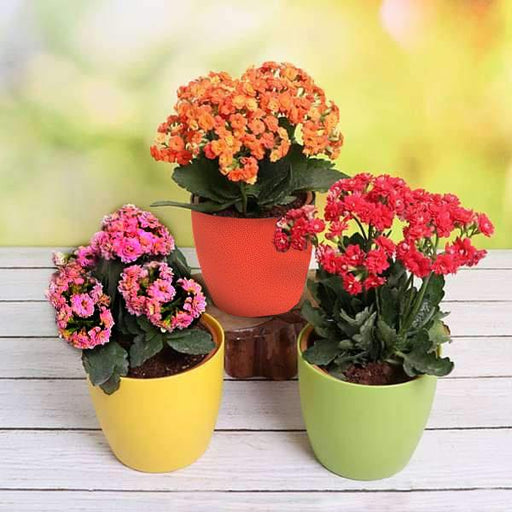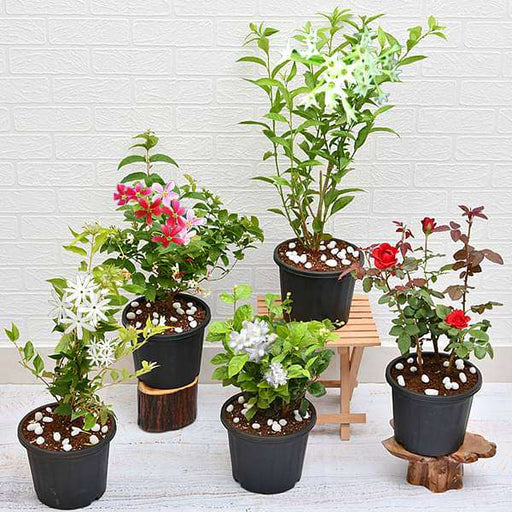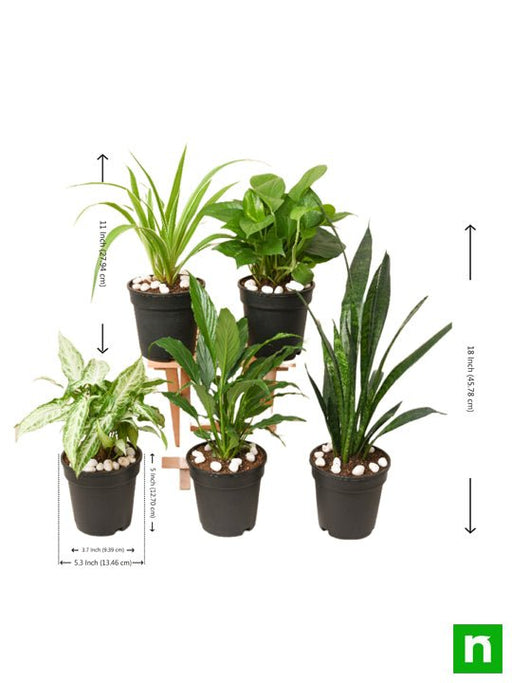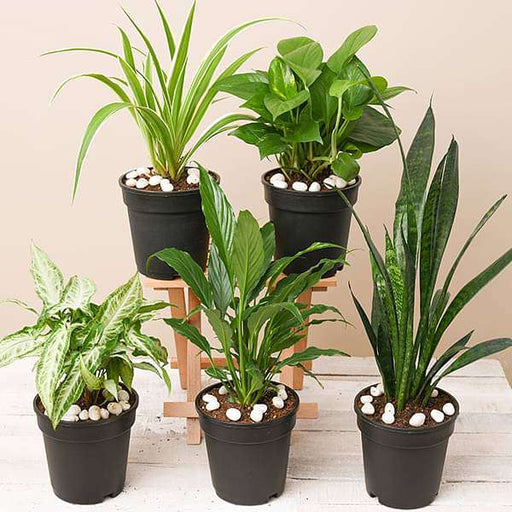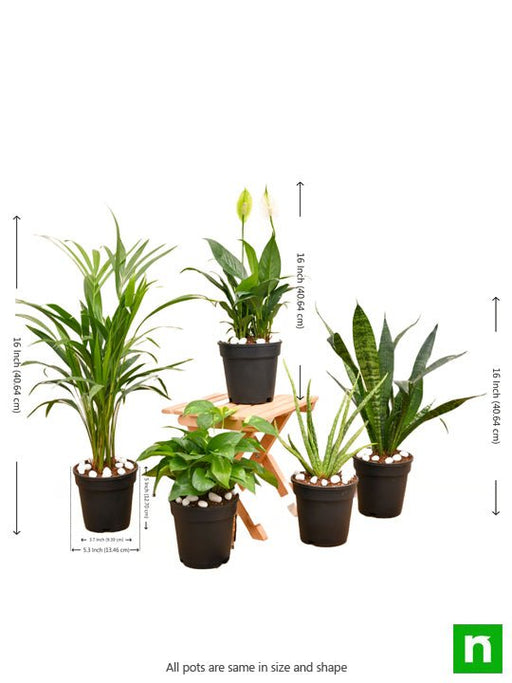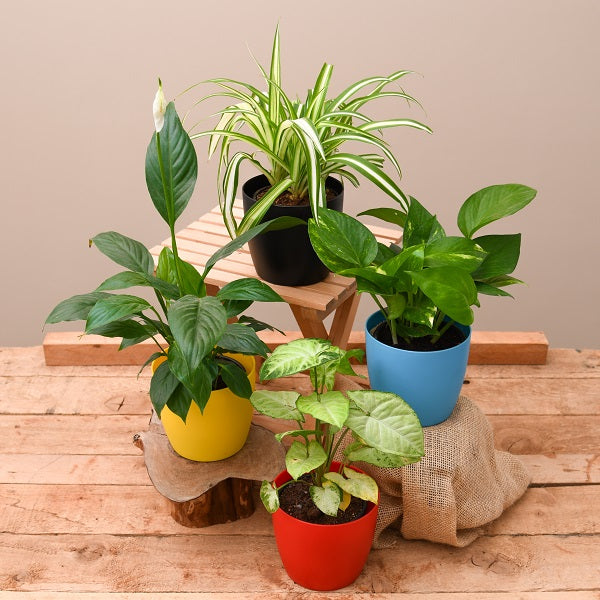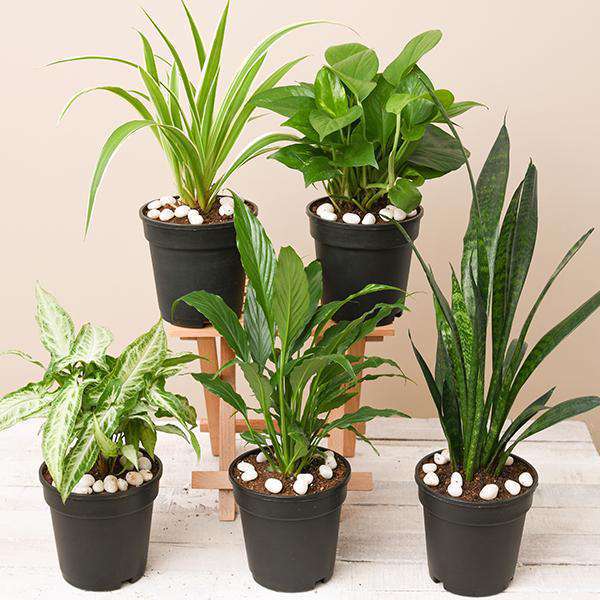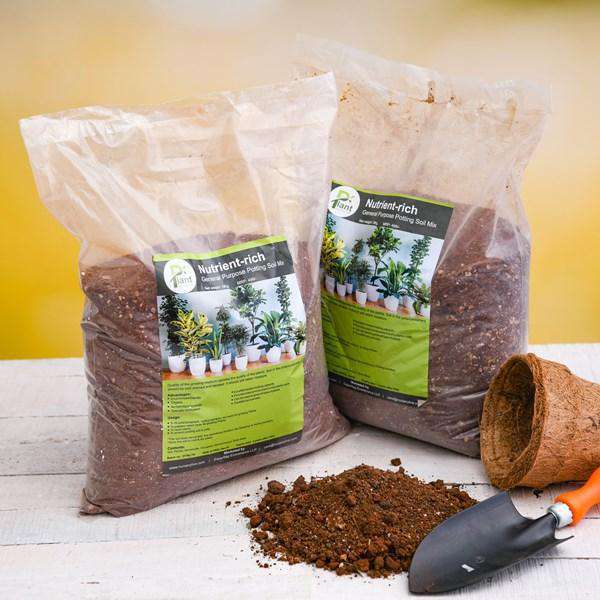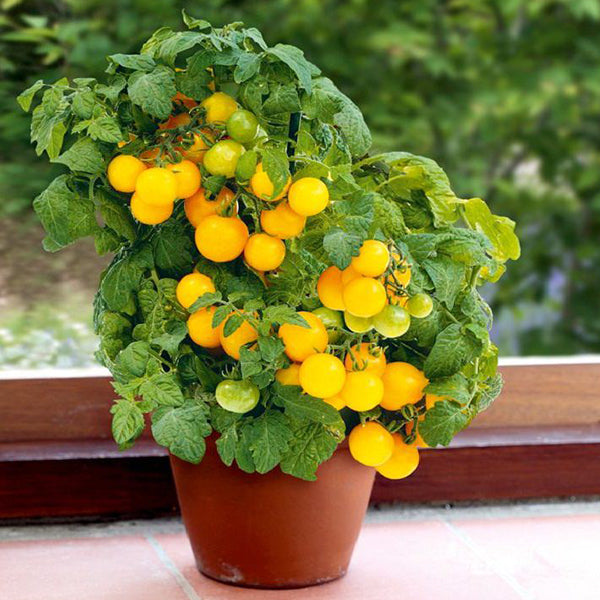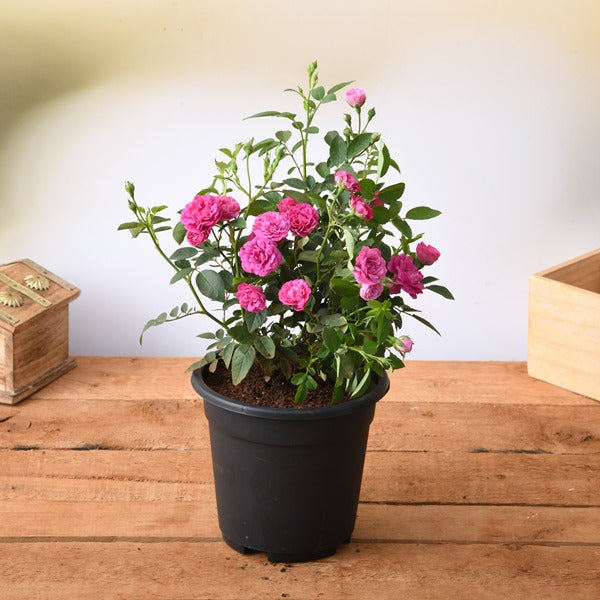The clear crisp flowers and glossy green leaves of annual vinca are so perfect you may be tempted to rub them to see if they are real.
A grower once reported that he has grown Vinca in the same location for 30 yea It successfully reseeded itself each year, with no effort on his part.The plants are grown for its attractive glossy, green foliage, as well as its flowe
Vinca plants are subshrubs or herbaceous, and have slender trailing stems 1,2 m (3,6 feet) long but not growing more than 20,70 cm (8-30 inches) above ground; the stems frequently take root where they touch the ground, enabling the plant to spread widely. The leaves are opposite, simple broad lanceolate to ovate, 1,9 cm (0.25,3.5 inches) long and 0.5,6 cm (0.25,2.25 inches) broad; they are evergreen in four species, but deciduous in the herbaceous V. herbacea, which dies back to the root system in winter.The flowers, produced through most of the year, are salverform (like those of Phlox), simple, 2.5,7 cm (1,3 inches) broad, with five usually violet (occasionally white) petals joined together at the base to form a tube. The fruit consists of a pair of divergent follicles; a dry fruit which is dehiscent along one rupture site in order to release seeds.Annual vinca plants are of the genus Cartharanthus, a member of the Apocynaceae family. This is a case where paying attention to the Latin name is helpful: you must distinguish the annual vinca flower from the perennial vinca minor vine, which forms a dense mat and can be invasive.
The low care nature of vinca plants helps them succeed in window boxes and other garden containe
